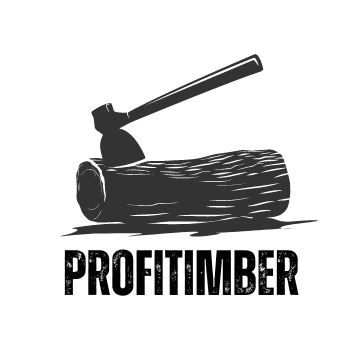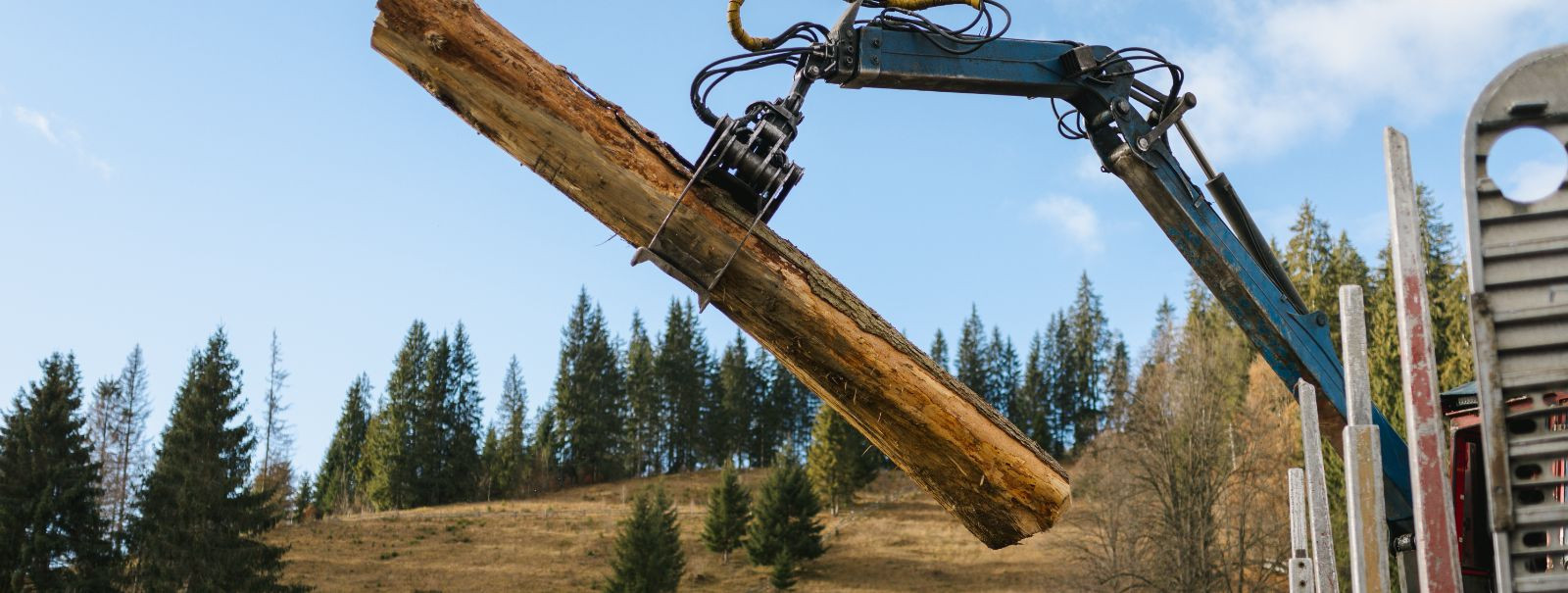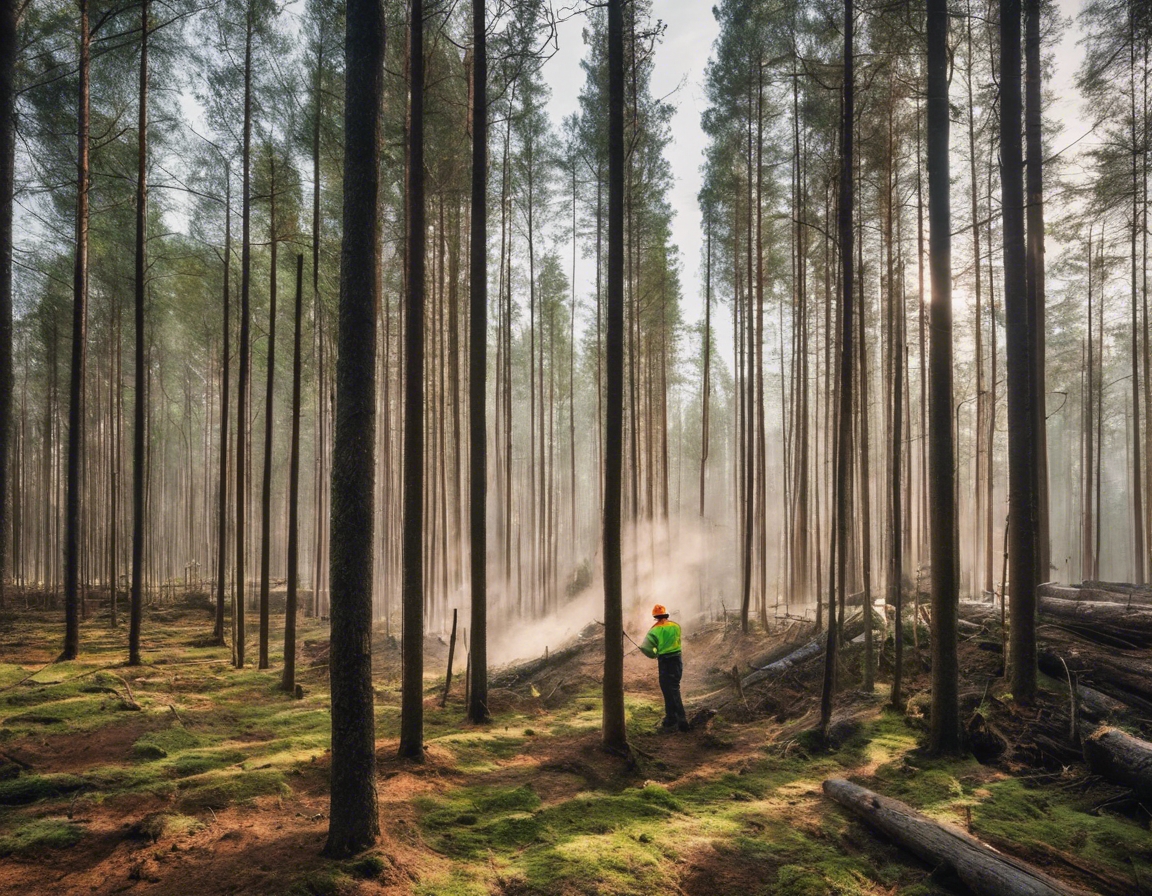5 ways sustainable timber is building the future
As the world pivots towards sustainability, the timber industry is at the forefront of this transformation. Sustainable timber is not just a resource; it's a commitment to the future of our planet. In this post, we'll explore how sustainable timber is shaping the world of construction, manufacturing, and beyond.
Sustainable timber refers to wood that has been sourced from forests that are managed in a way that maintains their biodiversity, productivity, and ecological processes. It ensures that the harvesting of timber does not compromise the forest's ability to regenerate and continue providing environmental, social, and economic benefits.
The timber industry has a significant impact on the global environment. By adopting sustainable practices, the industry can reduce deforestation, mitigate climate change, and protect biodiversity, all while meeting the demand for wood products.
1. Promoting Biodiversity and Forest Health
Responsible forest management is key to sustainable timber. It involves selective logging, protection of water resources, and maintaining forest cover to ensure that forests can continue to thrive.
Sustainable forestry practices protect wildlife habitats, ensuring that forest ecosystems remain intact. This not only benefits the environment but also supports the natural processes that are vital to the health of our planet.
2. Reducing Carbon Footprint
Wood products store carbon throughout their lifecycle, making sustainable timber a key player in reducing the carbon footprint of the building industry.
Life cycle assessments help to quantify the environmental impact of timber from harvest to end-of-life, highlighting the benefits of using wood as a sustainable building material.
3. Encouraging Green Building Practices
Timber plays a significant role in green building practices, with certifications like LEED recognizing the value of sustainable wood in construction.
Innovative building designs are increasingly incorporating timber for its aesthetic, functional, and environmental benefits, showcasing the versatility and sustainability of wood.
4. Supporting Local Economies and Social Responsibility
Sustainable forestry practices create jobs and support local economies, providing a livelihood for communities while ensuring the longevity of forest resources.
Engaging with local communities in sustainable forestry initiatives fosters social responsibility and ensures that the benefits of sustainable timber are shared.
5. Advancing Technological and Material Innovation
Engineered wood products represent the cutting edge of material innovation, offering strength and durability while being sourced from sustainable forests.
The integration of timber into modern manufacturing processes demonstrates the adaptability of wood as a material and its role in a sustainable future.






Comments (0)